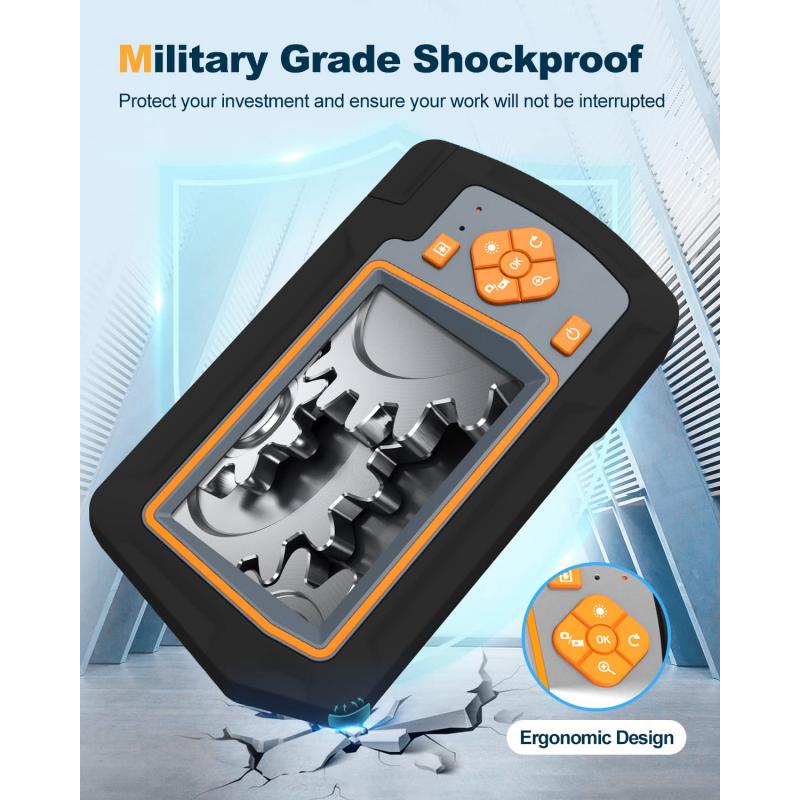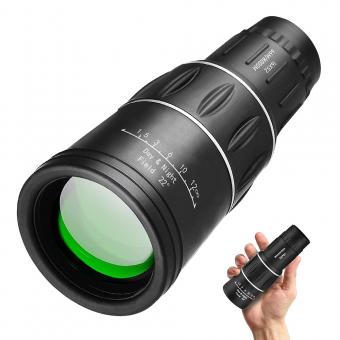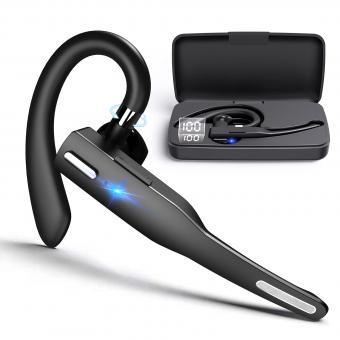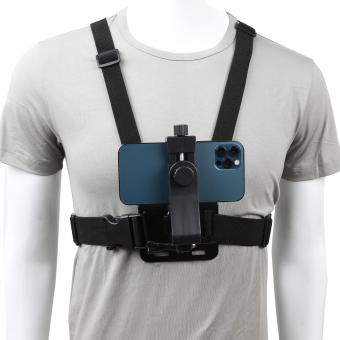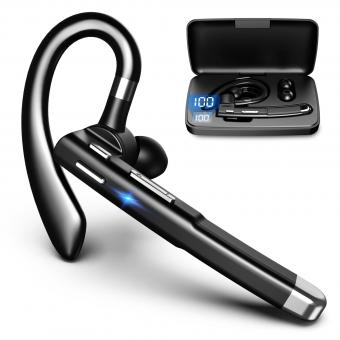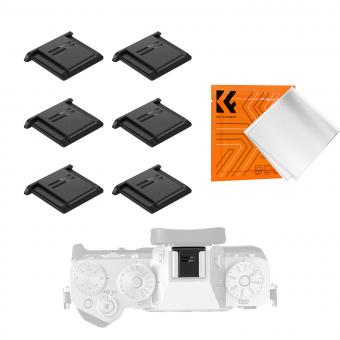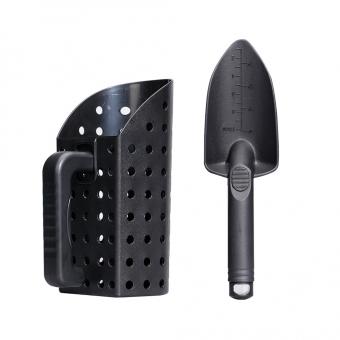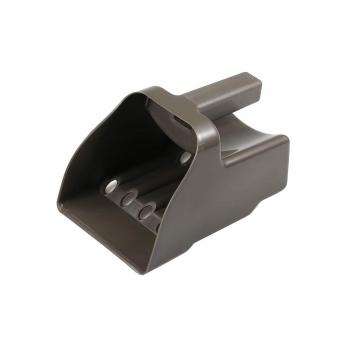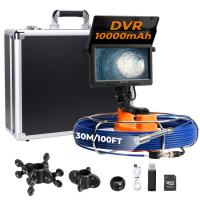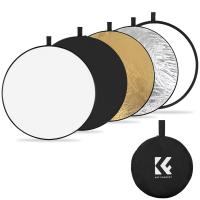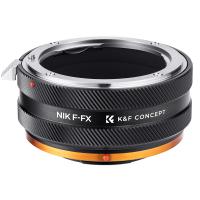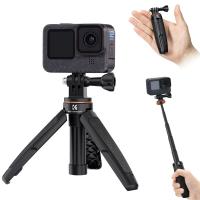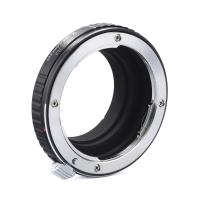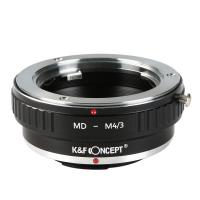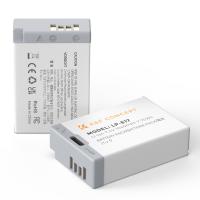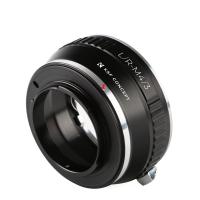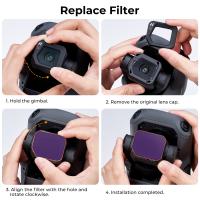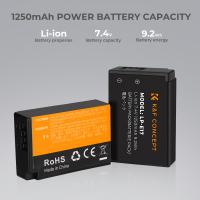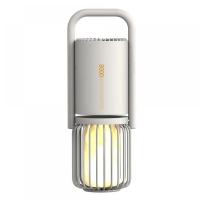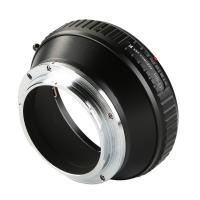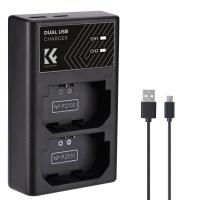How Long Is An Endoscopic Procedure ?
The duration of an endoscopic procedure can vary depending on the specific type of procedure being performed and the complexity of the case. Generally, endoscopic procedures can range from a few minutes to several hours.
1、 Duration of endoscopic procedure varies depending on the specific case.
The duration of an endoscopic procedure can vary depending on the specific case. Endoscopy is a minimally invasive procedure that allows doctors to examine the inside of the body using an endoscope, a flexible tube with a light and camera attached to it. It is commonly used to diagnose and treat various conditions in different parts of the body, such as the digestive system, respiratory system, and urinary system.
The length of an endoscopic procedure depends on several factors, including the purpose of the procedure, the complexity of the case, and the patient's individual circumstances. For example, a routine diagnostic endoscopy may only take a few minutes to complete, while a therapeutic procedure that involves removing polyps or treating a blockage may take longer.
In general, most endoscopic procedures can be completed within 30 minutes to an hour. However, there are cases where the procedure may take longer, especially if additional interventions or treatments are required. For instance, if a patient has a complex gastrointestinal condition that requires extensive examination and treatment, the procedure may take several hours.
It is important to note that advancements in technology and techniques have significantly reduced the duration of endoscopic procedures in recent years. For example, the development of high-definition cameras and improved endoscope maneuverability has made it easier for doctors to navigate and visualize the internal organs, resulting in shorter procedure times.
Additionally, the use of sedation or anesthesia during the procedure can also affect the duration. Patients who are sedated may experience a shorter perception of time, making the procedure feel quicker.
In conclusion, the duration of an endoscopic procedure varies depending on the specific case. While most procedures can be completed within 30 minutes to an hour, complex cases or the need for additional interventions may extend the duration. It is important for patients to discuss the expected duration of their specific procedure with their healthcare provider.
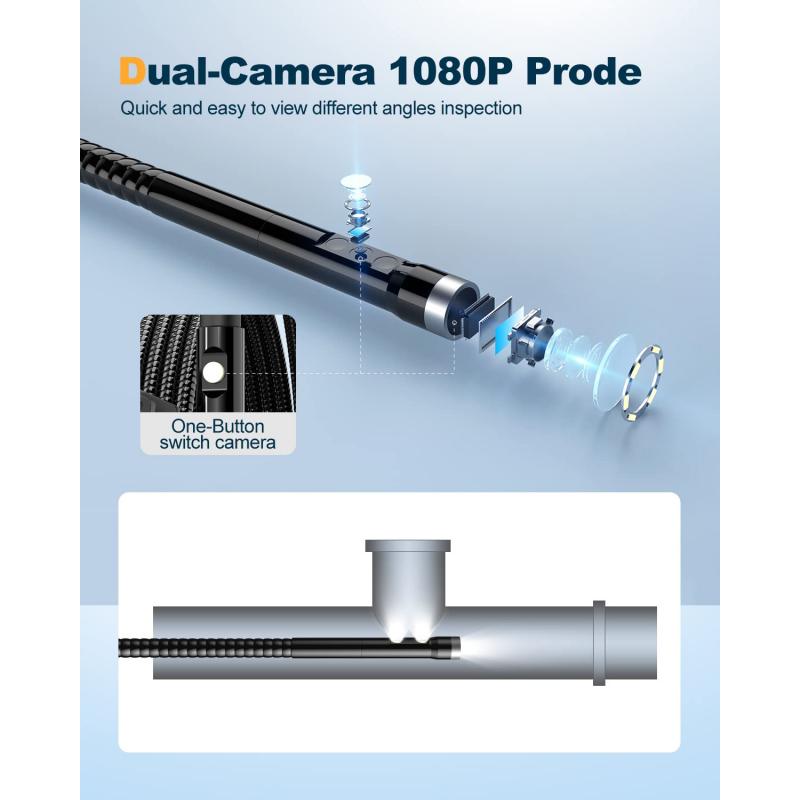
2、 Average length of an endoscopic procedure is typically 30-60 minutes.
The average length of an endoscopic procedure is typically 30-60 minutes. However, it is important to note that the duration can vary depending on several factors such as the type of endoscopy being performed, the complexity of the case, and the individual patient's condition.
Endoscopy is a minimally invasive procedure that allows doctors to examine the inside of the body using a flexible tube with a light and camera attached to it. It is commonly used to diagnose and treat various conditions affecting the digestive system, respiratory system, urinary system, and other organs.
During an endoscopic procedure, the patient is usually given sedation or anesthesia to ensure comfort and relaxation. The endoscope is then inserted through a natural body opening or a small incision, allowing the doctor to visualize the internal organs and tissues on a monitor in real-time. The procedure may involve taking biopsies, removing polyps or tumors, or performing therapeutic interventions.
Advancements in technology have led to the development of more advanced endoscopic techniques, such as endoscopic ultrasound and endoscopic retrograde cholangiopancreatography (ERCP), which can provide detailed imaging and enable complex interventions. These procedures may take longer than the average duration, depending on the specific case.
It is worth mentioning that the duration of an endoscopic procedure is not the only factor to consider. The preparation before the procedure, including fasting and bowel cleansing, can also take several hours or even a day. Additionally, the recovery time after the procedure may vary, with some patients being able to resume normal activities shortly after, while others may require more time for rest and observation.
In conclusion, the average length of an endoscopic procedure is typically 30-60 minutes. However, it is important to consult with a healthcare professional to get a more accurate estimate based on the specific circumstances of the procedure and the individual patient.
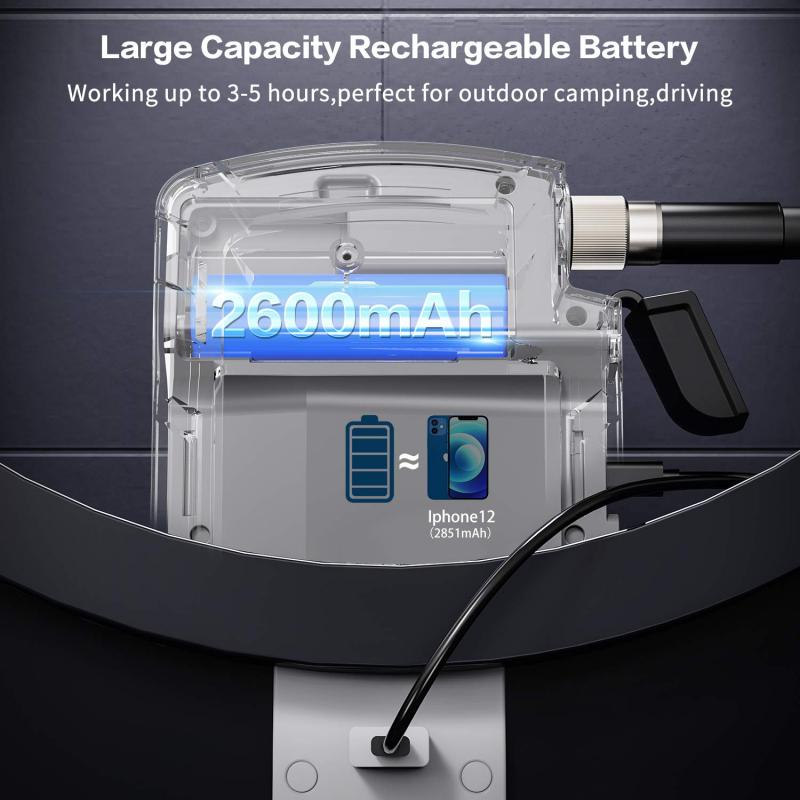
3、 Complex endoscopic procedures may take several hours to complete.
An endoscopic procedure is a minimally invasive medical procedure that involves the use of an endoscope, a flexible tube with a light and camera attached to it, to examine and treat various conditions inside the body. The duration of an endoscopic procedure can vary depending on the complexity of the case and the specific procedure being performed.
In general, most routine endoscopic procedures, such as a diagnostic upper endoscopy or colonoscopy, can be completed within 30 minutes to an hour. These procedures are relatively straightforward and involve the examination of the upper gastrointestinal tract or the colon for abnormalities or diseases.
However, complex endoscopic procedures, such as endoscopic retrograde cholangiopancreatography (ERCP) or endoscopic mucosal resection (EMR), may take several hours to complete. These procedures are more intricate and involve advanced techniques to diagnose and treat conditions such as gallstones, pancreatic disorders, or early-stage gastrointestinal cancers.
The duration of an endoscopic procedure can also be influenced by factors such as the patient's anatomy, the presence of any complications or unexpected findings, and the experience and skill of the endoscopist performing the procedure.
It is important to note that advancements in technology and techniques have led to shorter procedure times in recent years. For example, the development of advanced imaging technologies, such as narrow-band imaging or confocal laser endomicroscopy, has improved the accuracy and efficiency of endoscopic procedures, potentially reducing the overall duration.
In conclusion, while routine endoscopic procedures can typically be completed within 30 minutes to an hour, complex endoscopic procedures may take several hours to complete. The duration of the procedure depends on various factors, and advancements in technology continue to contribute to shorter procedure times.
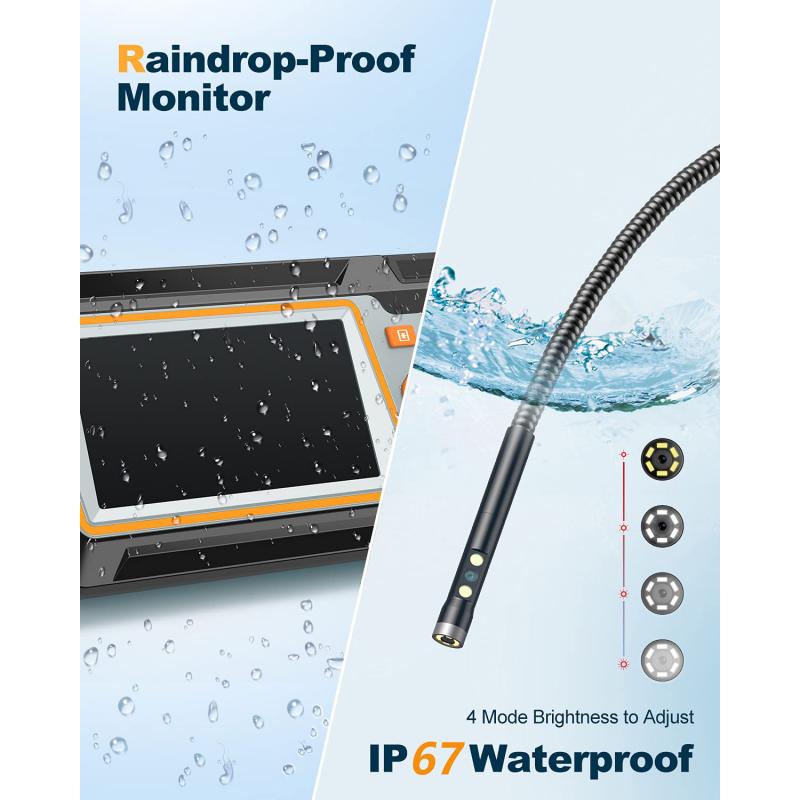
4、 Length of endoscopic procedure can be influenced by patient factors.
The length of an endoscopic procedure can vary depending on several factors, including the specific type of procedure being performed and the individual patient's characteristics. Endoscopic procedures are minimally invasive and involve the use of a flexible tube with a light and camera attached to it, which allows the doctor to visualize and treat various conditions inside the body.
The duration of an endoscopic procedure can be influenced by patient factors such as the complexity of the condition being treated, the patient's overall health, and any previous surgeries or medical history that may affect the procedure. For example, a routine diagnostic endoscopy may only take a few minutes to complete, while a more complex therapeutic procedure, such as removing a polyp or treating a gastrointestinal bleeding, may take longer.
Advancements in technology and techniques have also contributed to reducing the duration of endoscopic procedures. For instance, the development of high-definition imaging systems and improved endoscope maneuverability has allowed for more efficient and precise procedures. Additionally, the use of sedation or anesthesia during the procedure can help to ensure patient comfort and cooperation, which may also impact the length of the procedure.
It is important to note that the length of an endoscopic procedure is not the sole determinant of its success or effectiveness. The primary goal of any endoscopic procedure is to accurately diagnose or treat a condition, and the duration of the procedure should be tailored to achieve this objective. Therefore, it is crucial for the healthcare team to assess each patient individually and determine the appropriate length of the procedure based on their specific needs.
In conclusion, the length of an endoscopic procedure can vary depending on patient factors such as the complexity of the condition being treated and the patient's overall health. Advancements in technology and techniques have contributed to reducing the duration of these procedures. However, it is important to prioritize the accuracy and effectiveness of the procedure over its duration.
